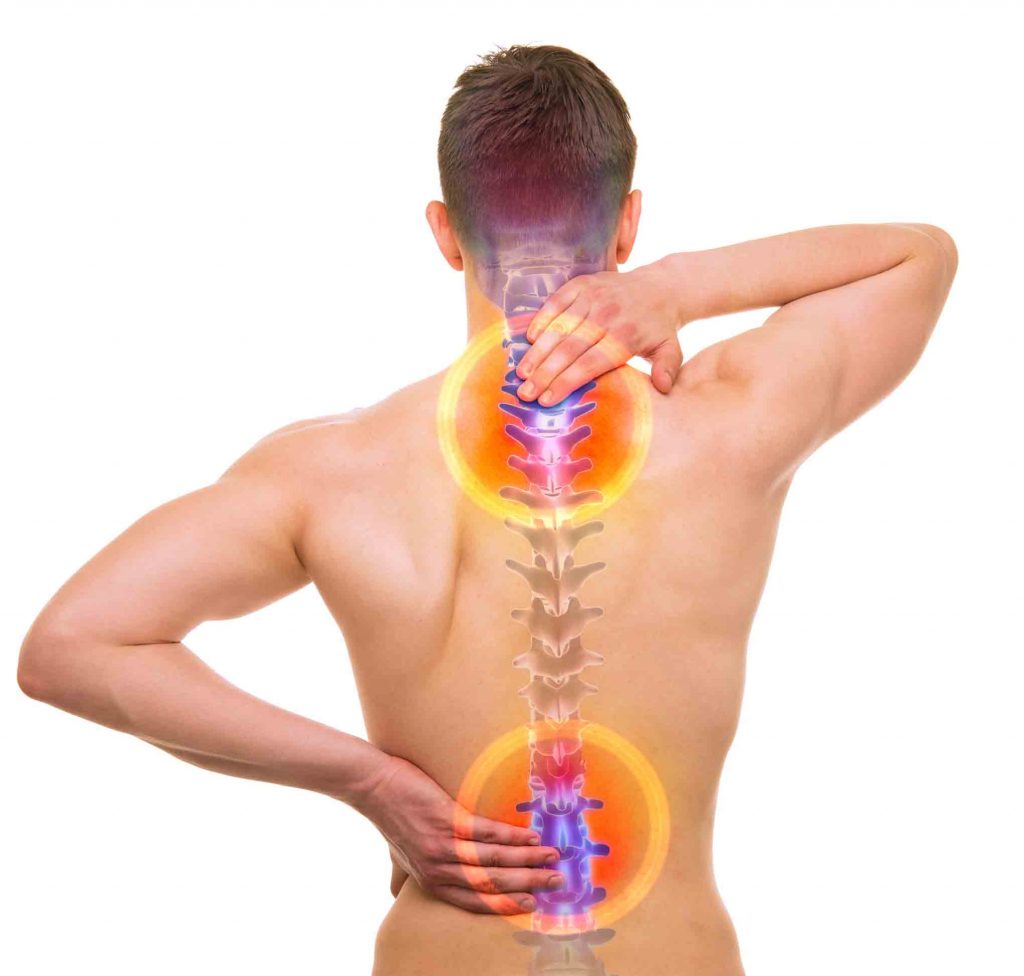Have you heard of lumbar spondylosis and myelopathy? Chances are, you might not know much about them, even if you are suffering from one or both conditions. In this blog, we will discuss what these conditions are, how they are related, and what you can do to manage them.
What is Myelopathy?

Myelopathy is a condition that affects the spinal cord and can cause a range of symptoms, including neck or back pain, muscle weakness, tingling or numbness in the arms or legs, and even difficulty walking. Myelopathy can be caused by several factors, including spinal cord compression, which can occur in conditions like lumbar spondylosis.
How are Lumbar Spondylosis and Myelopathy related?
Lumbar spondylosis can lead to myelopathy when the spinal stenosis caused by the condition puts pressure on the spinal cord. This can cause damage to the spinal cord, leading to myelopathy. In some cases, myelopathy can also occur in people with lumbar spondylosis who have other underlying health conditions that put additional pressure on the spinal cord.
How to manage Lumbar Spondylosis with Myelopathy
The good news is that there are many things you can do to manage lumbar spondylosis with myelopathy. Here are a few tips to get you started:
- Maintain a healthy weight: Excess weight can put additional pressure on your lower back and spinal cord, so it’s important to maintain a healthy weight.
- Exercise regularly: Regular exercise, such as yoga or stretching, can help to keep your spine healthy and reduce pain.
- Manage stress: Stress can cause muscle tension, which can lead to back pain. Find ways to manage stress, such as through relaxation techniques or counseling.
- Get enough rest: Sleep is important for overall health, including spinal health. Make sure to get enough rest each night to help reduce pain and improve your symptoms.
If you are suffering from lumbar spondylosis with myelopathy, it’s important to work with your healthcare provider to develop a treatment plan that’s right for you. With the right care and management, you can live a full, pain-free life with these conditions.